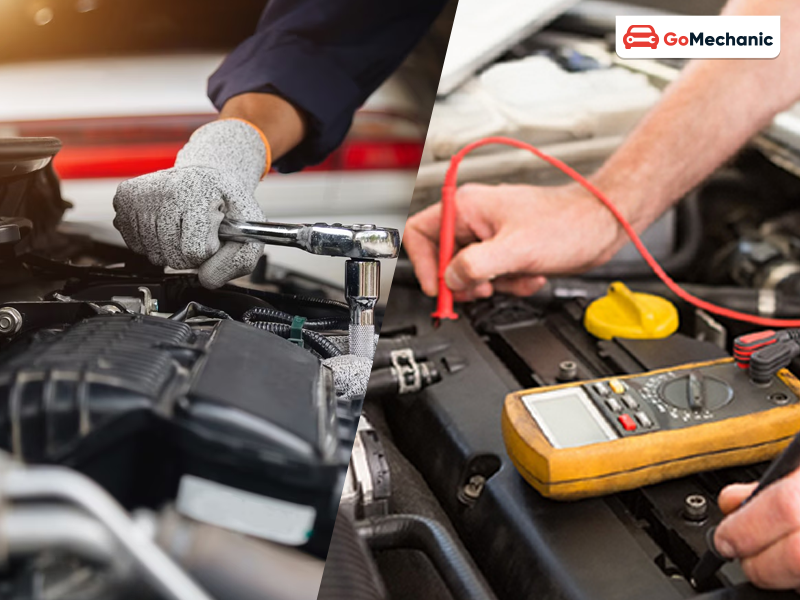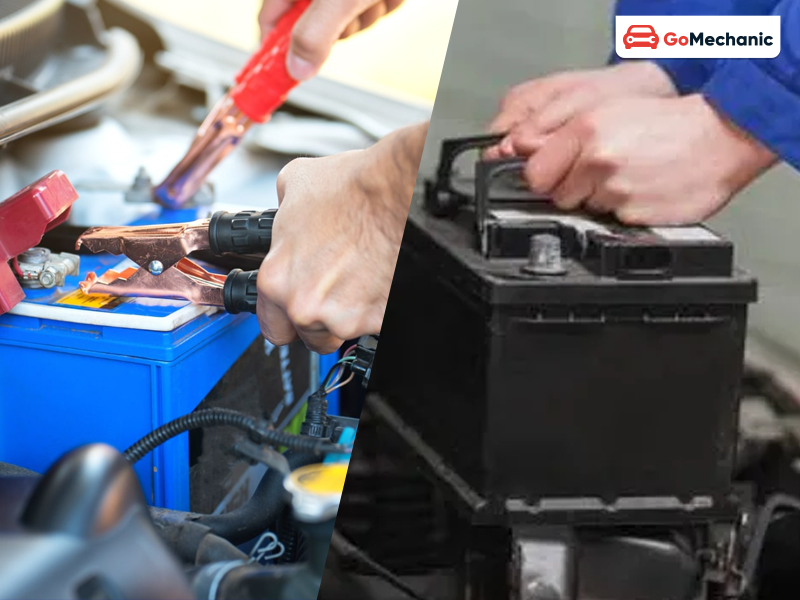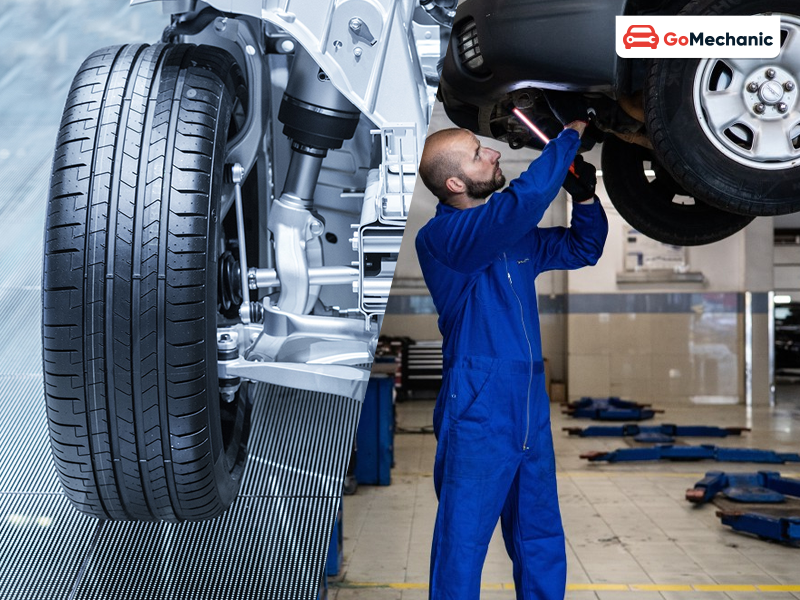Electric vehicles(EVs) and internal combustion engine(ICE) vehicles have been at the center of debate globally about their efficiency, experience, and long-term maintenance costs. Many consumers are shifting toward sustainability through EV adaptation, which makes it imperative to understand the long-term maintenance of these vehicles. In this blog, we’ll discuss the long-term maintenance of EVs and compare it to ICE maintenance.
Understanding EV Maintenance
First, we need to understand the mechanism of electric vehicles and how they work. Electric vehicles operate using fewer moving parts like electric motors and battery packs, excluding the complex parts present in ICE vehicles like transmission, exhaust system, coolant, etc which makes its engine less complicated. With fewer moving parts, EVs don’t need frequent or routine maintenance, unlike ICE vehicles.
One of the major advantages of EVs is the absence of engine oil changes, spark plug replacements, and exhaust problems. The lack of all these issues in EVs makes them an affordable deal in the long run.

The Cost of Maintaining ICE Vehicles
Internal combustion engine(ICE) vehicles consist of multiple components and moving parts that require periodic maintenance. These maintenance include engine oil changes, coolant flushes, transmission services, exhaust system repairs, etc. Comparatively, ICEs are more prone to wear and tear, hence, high maintenance costs.
Moreover, as ICE vehicles age, they might require engine replacements and transmission changes which makes their ownership more costly in the long term.
Battery Replacement in EVs

Though electric vehicles have lower periodic and routine maintenance, their battery replacement process can be shockingly expensive. In some cases, the battery can cost more than the actual car. However, with the growing technology, these battery expenses are becoming affordable each day. It is a one-time expense and most EVs come with an 8 to 10-year battery warranty. Batteries can even last up to 12 years if maintained well.
Brake Maintenance

When it comes to brake maintenance, both vehicles perform the same. However, EVs use regenerative braking technology, which gives them an upper hand by reducing the wear on brake pads. Regenerative braking is a technology that converts kinetic energy into electric power, so when you slow down your EV, it starts stopping by itself through regenerative braking.
On the other hand, ICE vehicles completely rely on friction braking(Brake pads) which results in frequent brake pads replacements.
Tire Maintenance

Regardless of the vehicle type, both EVs and ICEs require periodic tire maintenance and replacements. However, EVs tend to face comparatively faster wear and tear on tires since they are slightly heavier than ICE vehicles. Additionally, this wear solely depends on the driving behavior, road conditions, and tire quality.
The Bottom Line
When comparing the long-term maintenance costs of EVs and ICEs, it is important to understand every aspect in depth. While EVs have fewer moving parts with less complexity and can be maintained at a lower cost, ICE vehicles require periodic and routine maintenance which can be cost-worthy in the long run. EVs might be expensive upfront but in the long term, they can be economical compared to ICEs.





